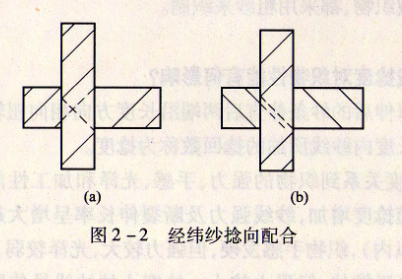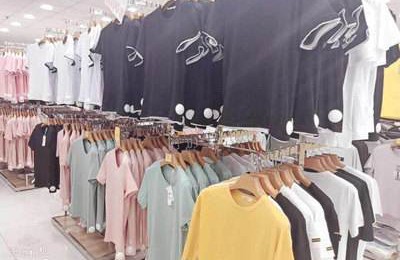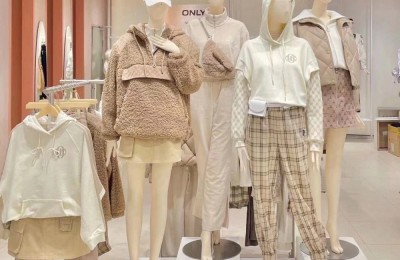49.What are the main effects of yarn twist direction on fabric properties?
Answer: The twist direction of the spinning yarn refers to the twisting direction of the spinning yarn. After twisting, the fiber tilts from the upper left to the lower right, which is s twist. After twisting, the fiber tilts from the upper right to the lower left, which is Z. twist. The twist direction of the spinning yarn has an impact on the surface finish of the fabric, the clarity of the fabric texture, and the feel and thickness of the fabric. When using the combination of warp and weft yarns with different twist directions, as shown in Figure 2-2(a), the warp yarn is z-twisted and the weft yarn is interlaced with S-twist. The fibers intersect with each other at the contact points where the warp and weft yarns intersect, so the entanglement between the warp and weft yarns The texture of this kind of fabric with the same twist direction is prominent due to large buckling, the texture is clear, and the hand feel is thicker and softer. The thickness of the fabric is thicker than that of the fabric with the same twist direction. During the printing and dyeing process, it absorbs The color is good and easy to apply evenly. However, the tension of the fabric decreases when it falls from the loom. Since the spinning yarn has a tendency to untwist, it is easy to produce a curling phenomenon, especially for thin fabrics, this phenomenon is more significant. When the warp and weft yarns have the same twist direction, as shown in Figure 2-2(b) (the warp and weft yarns are both z-twisted), the situation is opposite to the above.
If the warp and weft yarns in the fabric are twisted in different directions, the fibers on the surface of the fabric will be in the same diagonal direction, as shown in Figure 2-2(a), and the reflection directions of the finished lines will also be the same, so the finish of the fabric will be Well, as shown in Figure 2-2(b), the warp and weft yarns have the same twist direction, so the situation is opposite. The diagonal directions of the fibers on the surface of the fabric are perpendicular to each other. The reflection of the fabric on the completed threads has a scattering effect, and the fabric is completely The color is soft.

AAAERT5Y4375JTY
Disclaimer:
Disclaimer: Some of the texts, pictures, audios, and videos of some articles published on this site are from the Internet and do not represent the views of this site. The copyrights belong to the original authors. If you find that the information reproduced on this website infringes upon your rights, please contact us and we will change or delete it as soon as possible.
AA






